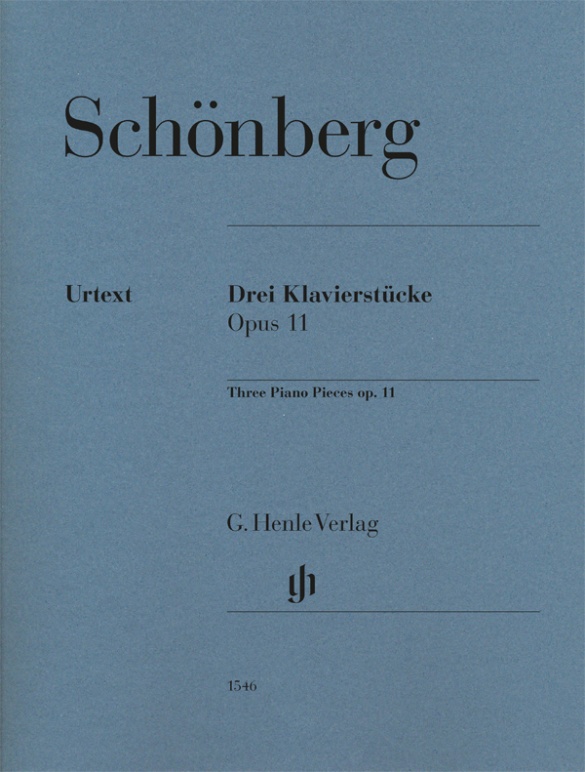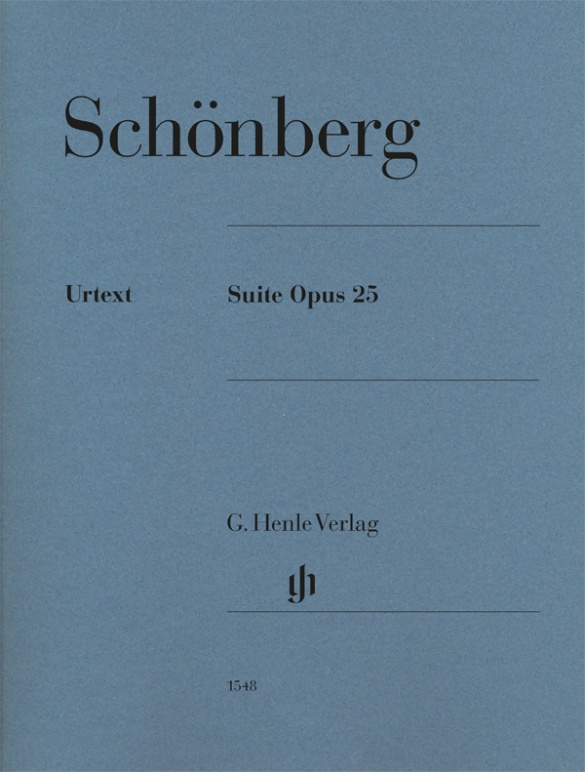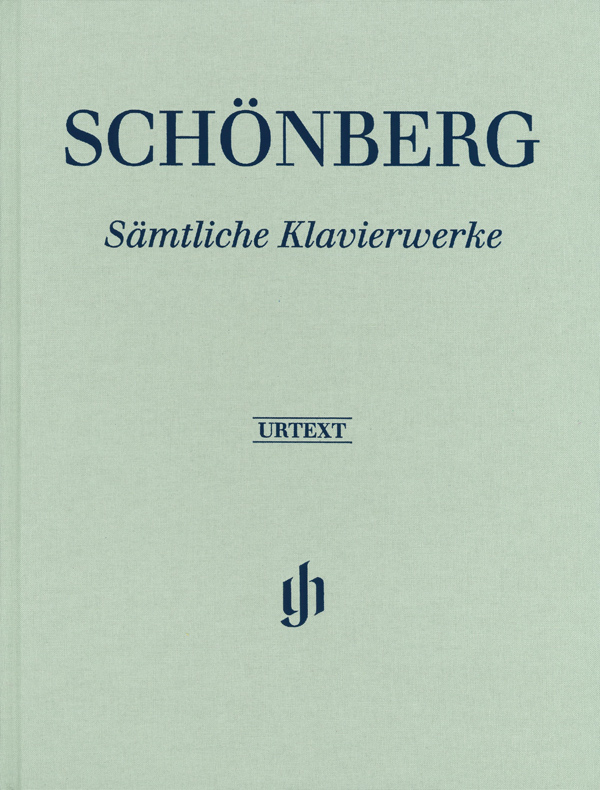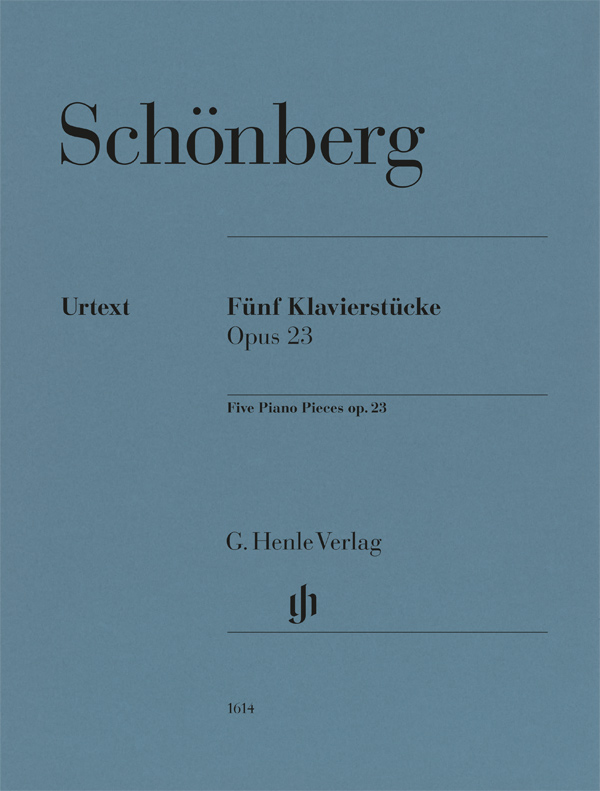

Arnold Schönberg
Three Piano Pieces op. 11
Arnold Schönberg’s Piano Pieces op. 11 are a milestone in the development of piano music. Schönberg had also already composed other atonal works, but always for voice with sung text. By contrast the Piano Pieces op. 11 are the first instrumental compositions to be written in so-called “free atonality”. For all its revolutionary explosive power, the cycle is classically structured, with a sonata-like first movement, a slow middle piece and a stormy finale. The Henle Urtext edition publishes this modern classic in a new, generously laid out music setting based on the first edition, edited by Schönberg scholar Ullrich Scheideler. Highly experienced piano maestro Emanuel Ax has added fingering recommendations, making the work suitable for practical use.
Content/Details
Product Safety Informations (GPSR)

G. Henle Verlag
Here you can find the information about the manufacturer of the product.G. Henle Verlag e.K.
Forstenrieder Allee 122
81476 München
Germany
info@henle.de
www.henle.com
Henle’s new editions of these works are exemplary in their scholarship; their editors have returned to original sources, researched the composer’s letters and manuscripts, and compiled scores truer to his intentions than ever. ... The notation engraving has, as expected, Henle’s industry-leading precision and clarity, each volume also benefitting from a useful Preface at the start, and extensive critical commentary at the rear. ... These new editions of the scores from Henle immediately jump to the top of the pile as the edition to own, and can be recommended as such without reservation.
Pianodao, 2022Editées avec le soin typique de la grande maison munichoise (intéressantes introductions et remarques musicologiques des éditeurs responsables, très bonnes suggestions de doigtés dues à Emanuel Ax, traduction des indications d’exécution et de tempo allemandes en anglais et français adjointe au commentaire, impeccable gravure claire et lisible, beau et solide papier), on peut espérer que ces importantes publications encourageront les pianistes curieux à explorer l’univers expressioniste et atonal des Trois pieces, Op. 11 comme celui des fulgurants aphorismes des Six petites pieces pour piano, Op. 19 qui s’annoncent si clairement ce que fera plus tard Webern.
Crescendo, 2022Das gründliche Quellenstudium hat sich nicht zuletzt wegen der Tempoangaben gelohnt. Im Unterschied zur alten UE-Edition wartet die Henle-Edition mit genauen Metronomangaben auf, die einem der beiden Handexemplare der Klavierstücke Schönbergs entnommen sind. So hat der Interpret einen genauen Richtwert an der Hand, an dem er sich orientieren kann.
Piano News, 2022Henle’s presentation is typically polished, and a helpful translation of all the German terms is provided.
Pianist, 2022Der wichtigste Gewinn von Scheidelers Ausgabe ist, dass sich Veränderungen am Notentext bis in Details nachvollziehen lassen und man damit an der Entstehungsgeschichte des Werkes teilnimmt, man wird auf oft nur feine Unterschiede aufmerksam. Das ist insbesondere für Interpreten hilfreich, denn der Zugang zu den Quellen und ihr Vergleich kosten Mühe und Zeit.
Die Tonkunst, 2022Peu de différences par rapport aux éditions d’origine qu’avait supervisées et corrigées Schoenberg, mais un regard approfondi sur la multitude de sources, dont une copie d’époque ayant appartenu à Bartók. Dans une telle musique, le moindre détail peut s’avérer essentiel.
La Lettre du Musicien, 2023recommendations
autogenerated_cross_selling
Further editions of this title
Further editions of this title





